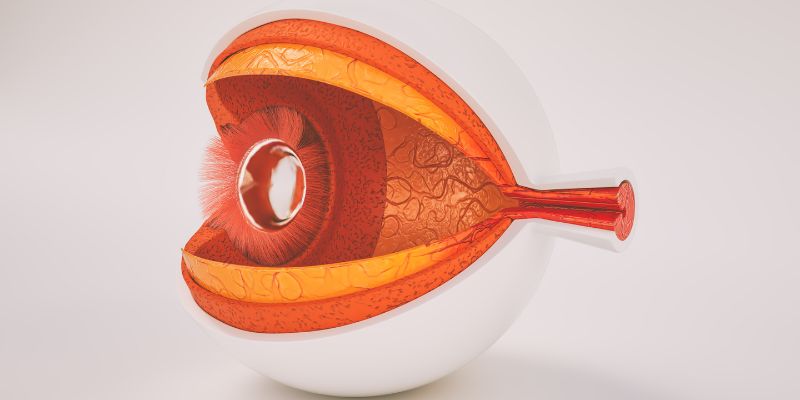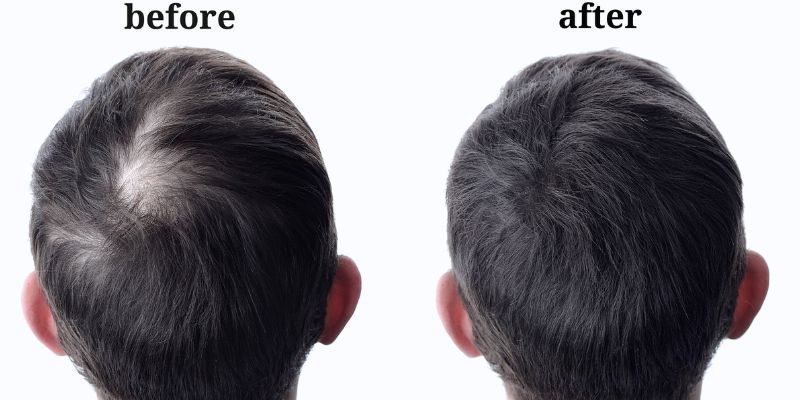ADHD in Seniors: A Condition Often Missed by Healthcare Providers
For many years, ADHD was considered primarily a childhood disorder, and the idea that it could persist into adulthoodlet alone old agewas largely ignored. Today, we know that ADHD is a lifelong condition, with many people continuing to experience its symptoms well into their senior years. Yet, older adults with ADHD are often overlooked for diagnosis and treatment, leading to unnecessary challenges in their daily lives.
In this article, we'll explore why ADHD in older adults is underdiagnosed, the consequences of this oversight, and the steps that can be taken to improve care for this often neglected population.
ADHD: A Lifelong Condition, Not Just for Kids
While ADHD is most often diagnosed in childhood, it doesnt disappear as one age. Studies show that about 60% to 90% of people with ADHD continue to experience symptoms into adulthood, with around 2.5% of older adults believed to have ADHD. Despite this, the condition frequently goes undiagnosed in older adults, with only 0.23% having a formal diagnosis on their medical records.
One reason for this underdiagnosis is the outdated view that ADHD is a disorder primarily affecting children. Many healthcare professionals still struggle to recognize the symptoms in adults, especially those over 50. In fact, many older adults only discover they have ADHD when their children or grandchildren receive the diagnosis, prompting them to reflect on their own lifelong struggles with focus, organization, and impulsivity.
Why ADHD is Overlooked in Older Adults?
There are several reasons why ADHD in older adults often flies under the radar. First, many of the symptoms of ADHDsuch as forgetfulness, disorganization, and lack of focuscan easily be mistaken for the normal aging process or other age-related conditions like mild cognitive impairment or early dementia. This overlap can lead doctors to misdiagnose ADHD or overlook it entirely.

In addition to the overlap with other conditions, there is also a general lack of research and clinical guidelines specifically focused on diagnosing and treating ADHD in older adults. Most ADHD studies and treatment guidelines are based on research done in children and younger adults, leaving a significant gap in understanding how the disorder manifests in those over 50. For instance, diagnostic tools like the DSM-5 are not tailored to account for the way ADHD symptoms may evolve in older age.
Another complicating factor is the presence of co-existing psychiatric and medical conditions that often accompany aging, such as depression, anxiety, or heart disease. These conditions can mask or exacerbate ADHD symptoms, making it harder for healthcare providers to accurately diagnose the disorder. This is especially true when ADHD was never diagnosed in childhood, as many older adults have developed coping mechanisms that can further obscure the presence of the condition.
Barriers to Treatment for Older Adults with ADHD
For older adults with ADHD, accessing proper treatment can be difficult due to various barriers. These challenges are often related to concerns about medications, limited treatment options, and the healthcare systems general approach to ADHD in this age group.
Medication Concerns:
Older adults with ADHD often face hesitancy from doctors to prescribe stimulant medications, which are the most common and effective treatment for ADHD. This is because stimulants can raise blood pressure and heart rate, posing risks to older adults with cardiovascular issues. This cautious approach, combined with limited research on medication safety in older adults, limits treatment options.
Limited Non-Pharmacological Options:
While behavioral therapies are effective in treating ADHD, older adults have limited access to non-drug treatment options like cognitive-behavioral therapy (CBT). Most ADHD therapy programs focus on children and younger adults, leaving seniors without the tailored behavioral support they need to manage their symptoms effectively without medication.
Misdiagnosis and Symptom Overlap:
ADHD symptoms in older adults, such as forgetfulness or lack of focus, are often confused with normal aging or conditions like dementia. This overlap frequently leads to misdiagnosis or dismissal of ADHD as a possible explanation, preventing older adults from receiving the appropriate care and treatment they need for their symptoms.
Stigma and Age Bias:
ADHD is still commonly viewed as a childhood disorder, which leads to biases in diagnosing older adults. Doctors may overlook ADHD in seniors, assuming that symptoms like inattention are just part of aging. Additionally, older adults themselves may be hesitant to seek a diagnosis due to the stigma surrounding mental health conditions in their generation.
Healthcare System Gaps:

Older adults with ADHD face systemic challenges in accessing care. Primary care doctors may not have the specialized knowledge required to diagnose or treat ADHD, and specialists often have long wait times. Additionally, there are few clinical guidelines specifically for older adults with ADHD, creating gaps in how the condition is treated in this population.
Improving ADHD Care for Older Adults
To better serve older adults with ADHD, there needs to be a shift in both awareness and treatment approaches. Healthcare providers should be trained to recognize ADHD in seniors and distinguish it from other age-related cognitive issues. Updating diagnostic criteria and creating screening tools for this age group are essential.
Additionally, more research on how ADHD medications affect older adults is needed, especially regarding safety. Increased public awareness through educational campaigns can help reduce the stigma and ensure that older adults receive proper diagnosis and care, addressing an overlooked but growing issue.
Conclusion
Older adults with ADHD face unique challenges that are often overlooked in the healthcare system. Misdiagnosis, a lack of awareness, and limited treatment options leave many older adults struggling with untreated symptoms that can significantly impact their quality of life. As our understanding of ADHD evolves, it is crucial to ensure that older adults are not left behind.
With better research, more comprehensive diagnostic tools, and increased public awareness, we can help older adults with ADHD get the diagnosis and treatment they deserve. Improving care for this population will not only enhance their quality of life but also allow them to manage their symptoms in a way that leads to better long-term health outcomes.












